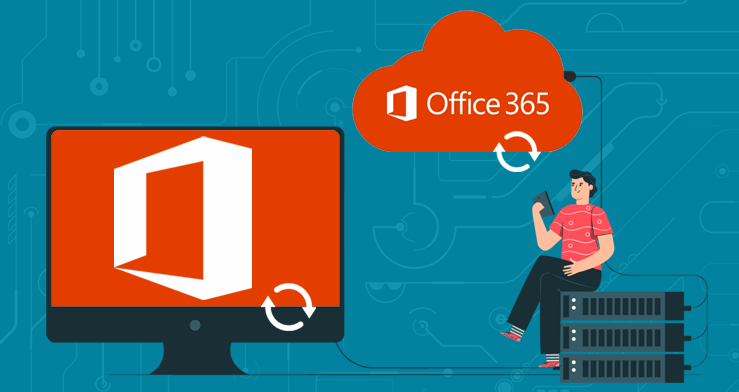
 Groups with more than 50,000 members will not sync. Currently it's not possible to migrate a shared mailbox to an Office 365 Group. Like regular Security groups, except that they can’t be dynamically managed through Azure AD and can’t contain devices. Used when multiple people need access to the same mailbox, such as a company information or support email address. If proxyAddress is non-empty it must contain an SMTP value like Mailboxes. Display name (mail attribute populated if proxy address is empty). Can include users & devices (helpful for Intune). Granting access to SharePoint resources, and emailing notifications to those users. Yes, but also could be manually assigned. Granting access to resources like SharePoint. Use this if you don’t want to enable Planner, OneNote, etc. Permissions of on-premises owners of DLs don’t carry over. Can also receive external email if configured. Sending notifications to a list of people. for that group, not just a distribution group. That is a full group, and includes Planner, OneNote, etc. MSFT provides a tool to convert on-prem distribution list to an O365 Group. The fifth and last column shows which entities can be configured for dynamic membership in Azure Active Directory, allowing group members to be added or removed automatically based on user attributes such as department, location, title, etc.Ĭollaboration between users, both inside and outside your company.ĭistribution List (or Distribution Group) The third column identifies the current “source” group which can be re-used/sync’d, along with an explanation in the fourth column.
Groups with more than 50,000 members will not sync. Currently it's not possible to migrate a shared mailbox to an Office 365 Group. Like regular Security groups, except that they can’t be dynamically managed through Azure AD and can’t contain devices. Used when multiple people need access to the same mailbox, such as a company information or support email address. If proxyAddress is non-empty it must contain an SMTP value like Mailboxes. Display name (mail attribute populated if proxy address is empty). Can include users & devices (helpful for Intune). Granting access to SharePoint resources, and emailing notifications to those users. Yes, but also could be manually assigned. Granting access to resources like SharePoint. Use this if you don’t want to enable Planner, OneNote, etc. Permissions of on-premises owners of DLs don’t carry over. Can also receive external email if configured. Sending notifications to a list of people. for that group, not just a distribution group. That is a full group, and includes Planner, OneNote, etc. MSFT provides a tool to convert on-prem distribution list to an O365 Group. The fifth and last column shows which entities can be configured for dynamic membership in Azure Active Directory, allowing group members to be added or removed automatically based on user attributes such as department, location, title, etc.Ĭollaboration between users, both inside and outside your company.ĭistribution List (or Distribution Group) The third column identifies the current “source” group which can be re-used/sync’d, along with an explanation in the fourth column. 
The first column identifies the “Target” or new Office 365 entity that can be created, as defined by the second column. This can save time and prevent duplication and re-work.

T he table below provides an at a glance view. When first synchronizing your on-premises Active Directory (AD) to Azure AD, it’s important to u nderstand what Groups can and cannot be sync hronized from on-premises AD.







 0 kommentar(er)
0 kommentar(er)
